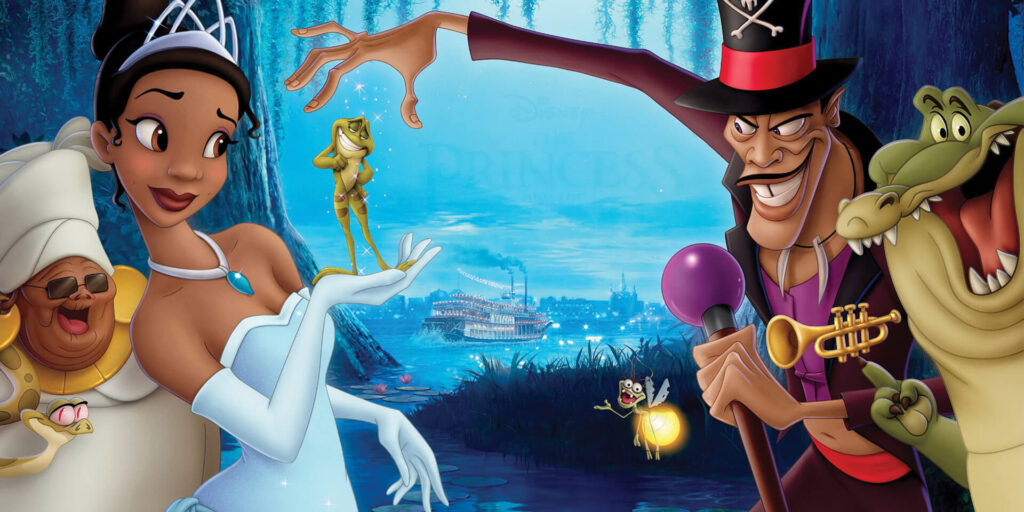Why has the religion of Voodoo been driven into pop culture by ignorance and distortion?
As told by the Disney movie – The Princess and The Frog (2009)
Hollywood depicts voodoo as morbid, sinister, violent and full of witchdoctors and sorcerers conjuring powerful dark magic. But it’s actually a legitimate religion practiced by millions. So how did it’s image get so twisted?
Each time Voodoo is used in fiction, it is depicted as a Satanic practice used to perpetuate evil. Children’s cartoons have been riddled with Vodou stereotypes. In The Princess and the Frog, the foe is an evil witch who uses Vodou and her needle-penetrated dolls to spread woe upon the world. Odd magical events take place when Scooby-Doo and the Mystery Gang go to Spooky Island, and the antagonist begins to perform voodoo rituals and cast mysterious spells to cause havoc. The mysteriousness and lack of familiarity about the subject of voodoo amongst people makes it an intriguing subject to audiences. People are generally drawn to what they consider to be “the unknown” and the religion of Voodoo has not been something of interest up until now. Voodoo is beginning to appear more and more in pop culture in all parts of the world. [*]

Voodoo in modern pop culture, Shealene Stidham
In Disney’s family-friendly presentation, “The Princess and the Frog”, as mentioned before, they don’t necessarily do an accurate job at presenting the true meaning of Voodoo and it’s practices. For this, I have done a case study to depict “Bad Voodoo as represented by Disney” as told by The Princess and the Frog (2009)
Set in the 1920’s in New Orleans, Louisiana, the story follows Tiana, an enthusiastic and hard-working young woman who works multiple jobs with hopes of saving up enough money to open up a restaurant that has been her and her father’s dream ever since she was a little girl. When she kisses a frog who claims to be a prince, she transforms into a frog herself and they embark on a journey to find a way to reverse the curse before it gets too late. The film is a twist on the classic tale of the Princess and the Frog, with Voodoo supplying all the magic. While Disney does a great job of providing us with a dynamic, dark-skinned Disney Princess, it made me wonder; does it do an equally good job at portraying the religion of Voodoo?

The movie features two voodoo practitioners, Dr Facilier who is the main villain in the movie, sort of a combination of Jafar from Aladdin and Scar from The Lion King. The second is mama Odie, who is a Voodoo queen and a crossover of Cinderella’s Fairy Godmother and Grandmother Willow from Pocahontas. She’s morally good, but with formidable power.
Prince Naveen who’s in town to find himself a wife comes across the shadow man, Dr Facilier who shows him a glimpse into his future if he went down the road of magic. After much hesitation the prince agrees, after which Facilier draws his blood, turns him into a frog, and tricks his disgruntled servant into posing as the prince. His plan is to then double-cross the servant and assume the prince’s body himself. Is this power all for him? Of course not, he summons the Voodoo Loas, that are represented by colorful, menacing masks and dark roaring spirits but are never addressed by names. Ultimately, Dr. Facilier promises, this power will lead to the Voodoo spirits’ control of the entire city. It is he who first introduces voodoo in the film through a song about his “friends on the other side.”
http://www.song-lyrics.wiki/music/Friends_On_The_Other_Side_by_Keith_David
The song, Friends on the Other Side is a sinister legion of spirits and demons who aid the villainous witch doctor, Facilier, in his plot to rule New Orleans During the song, Facilier uses tarot cards to tell the past, present, and future of Naveen and Laurence, his servant. While the illustrations on the cards are unique, the numbers and themes of the cards match real-life tarot reading techniques.
Friends on the Other Side is very similar in terms of its theme to the song “Poor Unfortunate Souls” featured in The Little Mermaid. Both these songs demonstrate the villain’s abilities and lure the victim into gaining their trust and end with the villain’s victim being transformed as part go their plan.
Disney’s portrayal of Voodoo puts forth two primary points of focus. The first being that they give only half an attempt at portraying Voodoo in all its complexity, accurately. Almost as if including some crosses, a Bible and a priest is the portrayal of Christianity. The second is that Voodoo isn’t portrayed in a completely negative sense and as an evil practice. If Dr. Facilier was the only practitioner of Voodoo in the film, the message to take away from the film would be that Voodoo is evil. However, because Mama Odie also practices Voodoo for the sole purpose of helping others, we see that Voodoo is essentially a neutral practice that can be used for good or evil.


